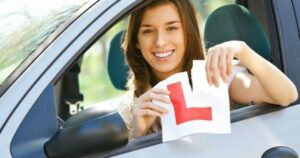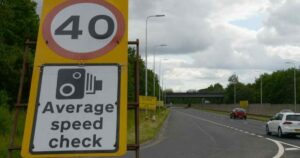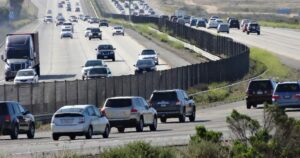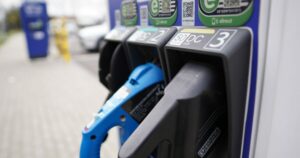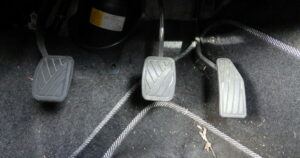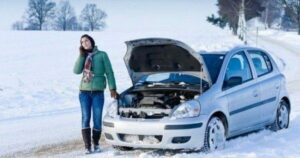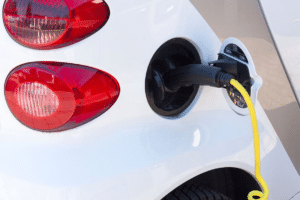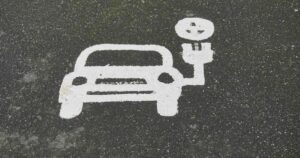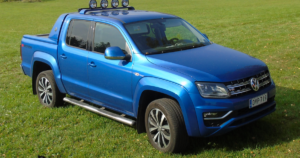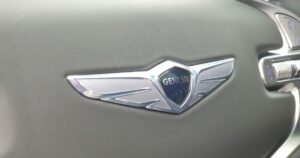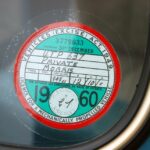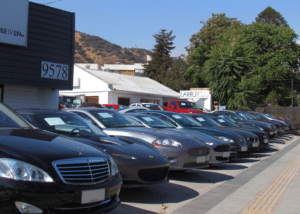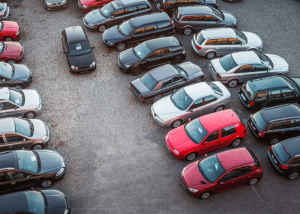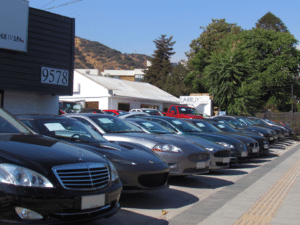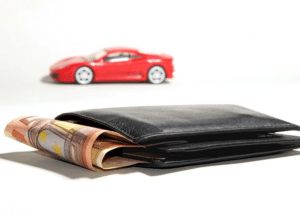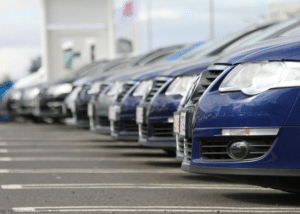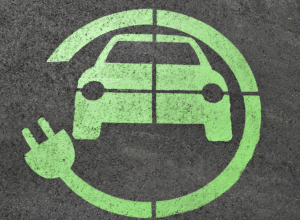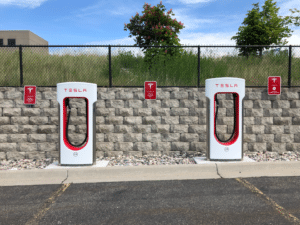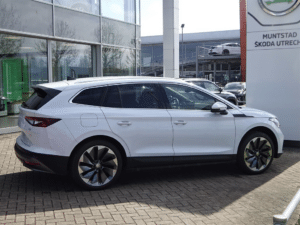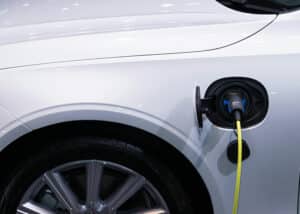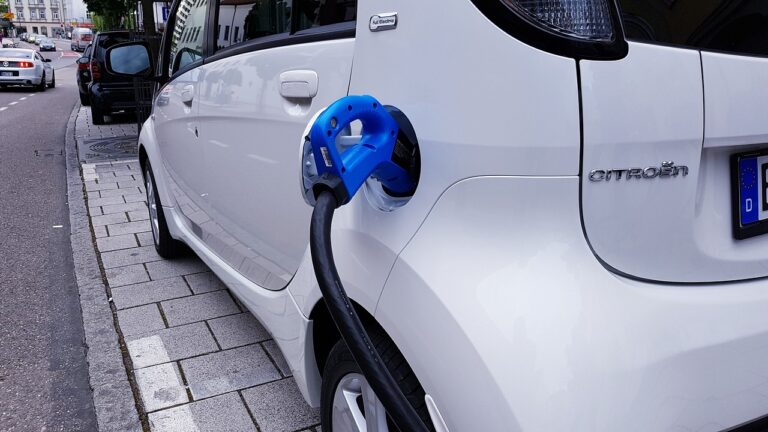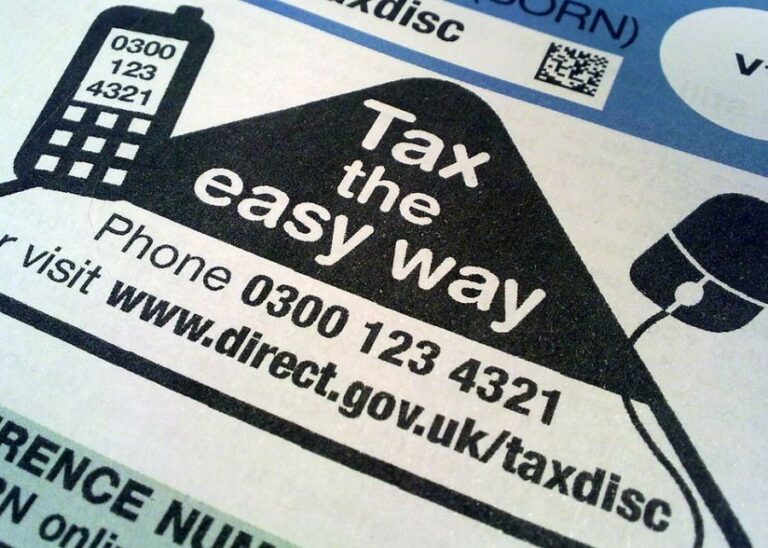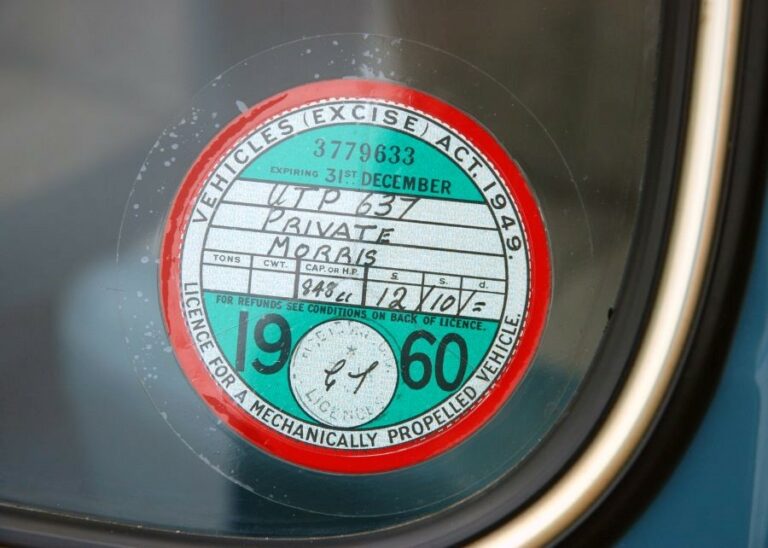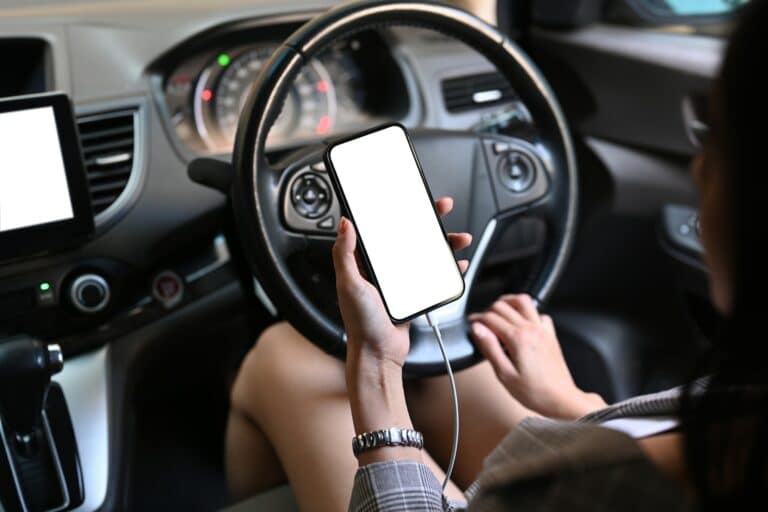Speed limits are no joke. They are there for a reason at the end of the day and that reason comes down to safety. Safety of both you and the people around you. When was the last time that you brushed up on your speed limit knowledge? That’s what we thought, so why not get to grips with the ins and outs right now?
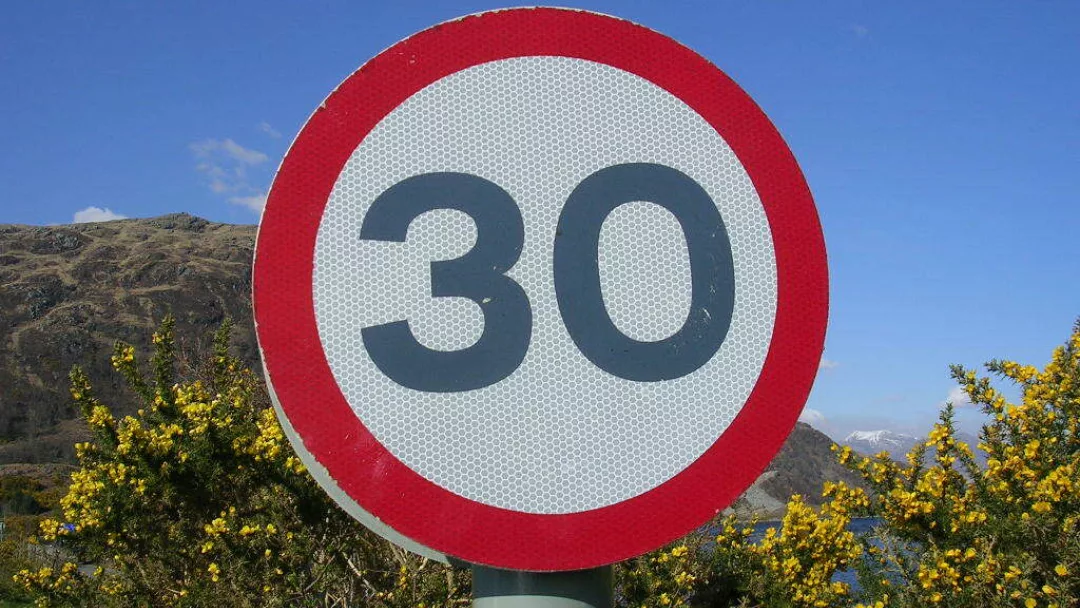
Minimum speed limits
If you come across a mandatory minimum speed limit, then this will normally be either at the start, with white numerals on a blue background, or at the end where the sign will be crossed through with a red diagonal line.
Minimum speed limits are quite rare in the UK, but that’s not to say they don’t exist, especially in places where going too slowly can cause congestion or danger. If this happens, then there is a risk of a crash or accident.
So, even though there isn’t an official minimum speed limit on most motorways, as you can gather, if you’re going too slowly on the motorway, this could be quite dangerous.
National speed limits
Did you know that as a general rule, the speed limit is 30mph, unless there is a sign that says otherwise? This rule applies to single and dual carriageways with street lights too.
You’ll notice that there are also different speed limits which are applied to different vehicles. So the national speed limits for cars, motorcycles, vans, and dual-purpose vehicles are a circular white sign that has a diagonal black bar and those speeds are:
- 60mph (50mph if you’re towing) on a single carriageway
- 70mph (60mph if towing) on a dual carriageway
You can expect to see the national speed limit sign on the road at the point where the lower limit end, so keep your eyes peeled.
When you use a ‘smart motorway’ you can expect to see some variable speed limits. These are usually crystal clear as these are mandatory speed limit signs but on a big lamp. When these types of limits are not in use, they will usually be greyed out, and don’t forget, they are more than likely enforced by cameras.
Vans, car-derived vans, and dual-purpose vehicle
For most vans, they will have a lower speed than cars and they must follow the speed limits for goods vehicles of the same weight.
Is your vehicle under 2 tonnes when loaded? If it is then you might be classed as a car-derived van, and in this case, it will have the same speed limit as cars.
Motorhomes
Believe it or not, motorhomes or motor caravans are considered goods vehicles if they:
- Carry goods for exhibition and sale
- Used as a workshop
- Used for storage
The main thing is, that you do not drive faster than the speed limit on that road, for your vehicle. The speed limit is there as an absolute maximum. Any more than that speed limit, and you could be putting yourself and everyone else on the road at risk, and it’s not worth it.
Locally set speed limits
Local authorities can set speed limits in certain areas if they want to and the only rule is, that there must be clear signs.
You’ve probably no doubt seen them about in your local area. Maybe you have the 20mph in the zone that is in a built-up area near a school. Or perhaps it’s 50 mph instead of the usual 60mph on that long stretch of a road that has all of the sharp bends.
Either way, local authorities can set their limits to address specific needs. The most common types that you generally tend to see these days are the 20mph zones that are in built-up areas around schools.
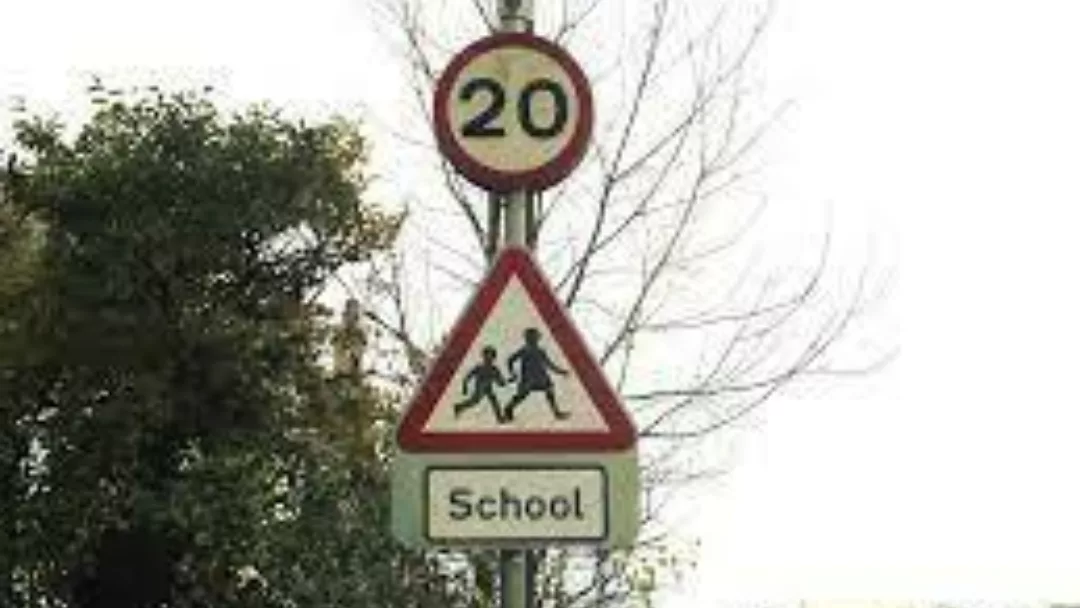
Penalities
The maximum penalty for speeding is a £100 fine and 3 penalty points that would be added to your licence. Now, none of us probably want that, because if you’re daft enough to rack up more than 12 points within three years, you can kiss goodbye to your licence. You could even be disqualified from driving if you’re unlucky.
If you’re unlucky enough to be caught speeding, whether this is by the police using either one of their fixed, mobile or average speed cameras, you could face a court summons or end up in court if you don’t accept a fixed penalty and that’s where it gets complicated.
You might find too that your penalty could be higher if you are caught:
- driving in bad weather near schools, or built-up areas of pedestrians
- towing or carrying passengers
- driving a lorry, bus or taxi or driving for hire or reward
At the end of the day, it’s not worth getting a penalty for speeding because you’ll have no one to thank for it, apart from yourself.





